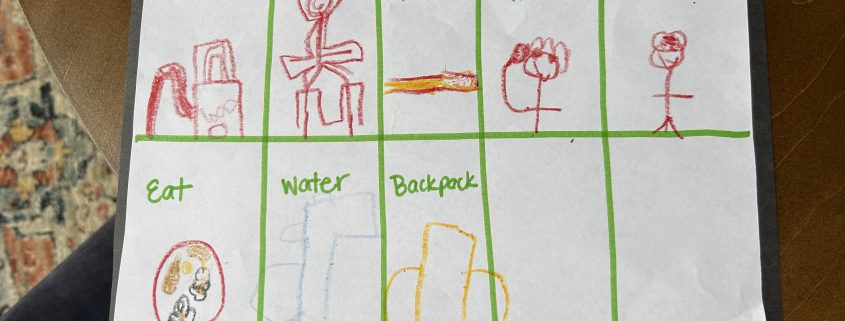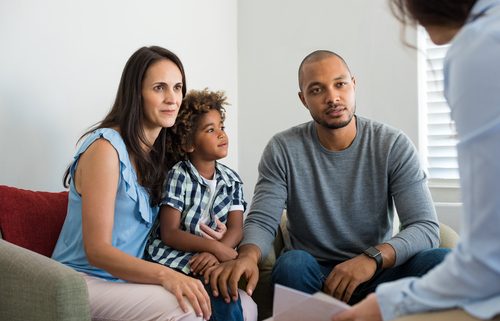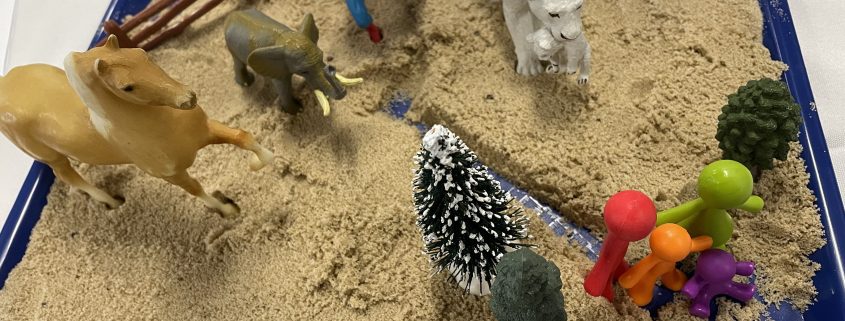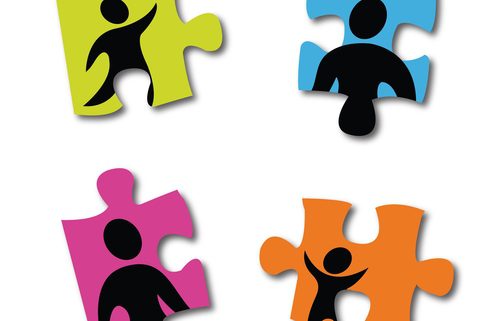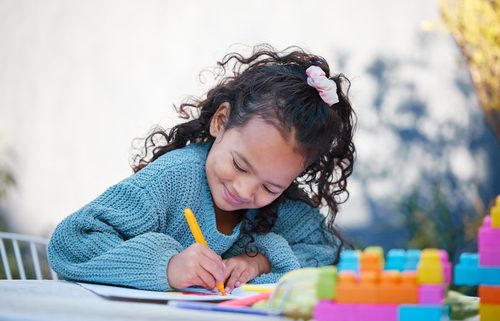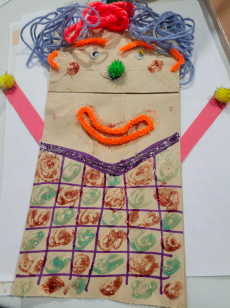It is International Play Therapy Week! As a practice who provides play therapy for many of our clients, I thought it would be helpful to illustrate one of the interventions we regularly use in our offices with child, teen, and even some adult clients.
In most of our offices, we have a sand tray. In play therapy, sand trays are used most often with a collection of small figures. These small figures range from animals, humans, buildings, landscape, and other day to day items, which are all used within the sand tray. Without geeking out and getting too far into Play Therapy Theory on you, I’ll just summarize that there are many ways a therapist who provides play therapy can utilize sand and miniature figures. In both Sandtray Therapy and Sand Play Therapy, therapists provide access to a sand tray and miniatures to allow the client to create scenes in the tray. Sometimes, depending on the client and the focus of the session, the scene completion is the intervention itself. Other times, the scene may turn into an evolving story which is played through while the Therapist observes or even participates if the client invites them to do so. Sometimes clients explain their sandtrays and other times they do not. Use of sandtrays in therapy can be a powerful intervention for people at various ages. Learn More...


